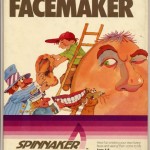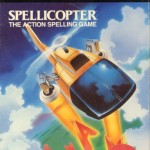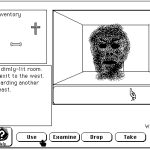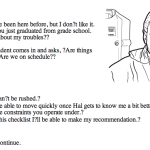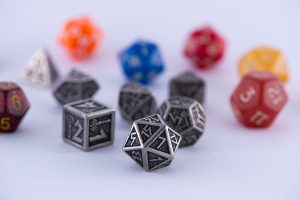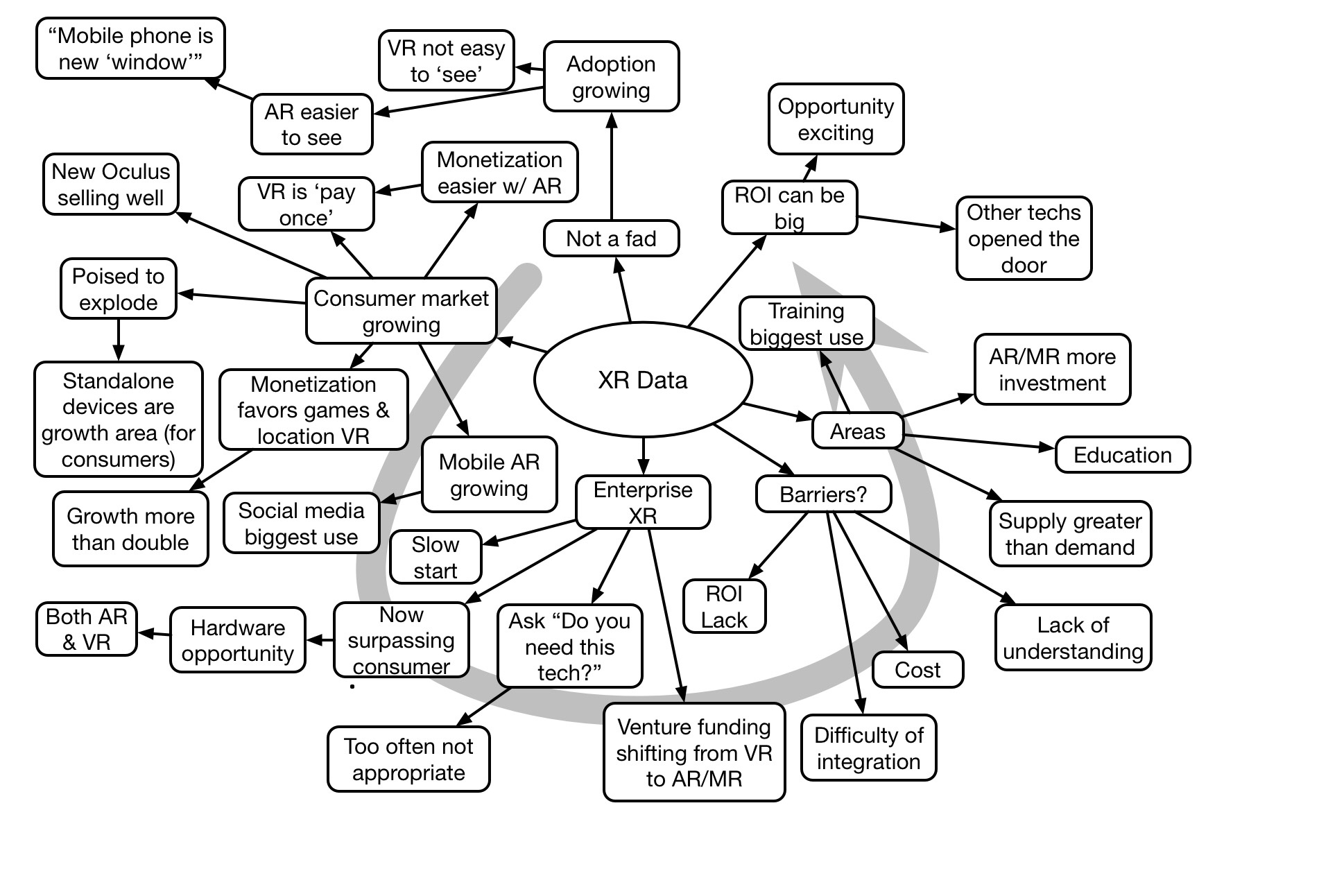So, I haven’t been a big Self-Determination Theory (SDT) person, simply because I hadn’t really known about it. I learned about it enough to mention in my most recent tome (highlighting the importance of motivation in learning), but that’s about it. However, it’s been popping up more and more (not least with the Motivation Summit the LDA’s putting on; the live sessions will be past, but you can still register to watch the presentations and recordings thereof). And, I am increasingly thinking that there’s some real ‘there’ there, so here’s some thinking about motivation.
SDT posits, quite simply, that there are three consistent elements that contribute to motivation. They are:
- Competence: the ability to do something, maybe with support, but also development to get better
- Relatedness: other people who are there believing similarly and supporting you
- Autonomy: the ability to be who you are
(These are my definitions, by the way, not the official ones, which are no doubt better.) Importantly, they’ve been verified by research across cultures, age ranges, and every other demographic difference. It’s pretty much a human universal. Also importantly, they have practical implications for how you do things.
Quite simply, motivation plays a role in pretty much everything we do! Our motivations include exercising, eating, and sleep; work tasks and job environment; and for us, intent to learn. It’s that latter I was tapping into for designing games, lo those many decades ago. I didn’t at the time know about the SDT framework (in fact, it hadn’t really emerged yet ;), but I was tapping into the elements when I was talking about goals, appropriate challenge, relevance, and more. So when I write about the education/engagement alignment, SDT is a higher-level framework. Simple alignment would have challenge = competence, goals = autonomy, relevance = relatedness. Social learning, too.
Increasingly, as ‘leadership’ becomes a topic, it plays a role as well. I’ve been interested in culture and social for many years as a function for L&D. Leadership is how you create a culture, by how you are socially. How well do you support those elements? I’m not a leadership expert, but I’m increasingly seeing those factors, crossed by types of situations being faced. For instance, in a crisis you have to make a decision, which reduces autonomy for others, but then you should rebuild it. Importantly, I’m finding out that efforts are yielding valuable outcomes, which alone is a reason to pay attention!
So, I’m looking more into it, as an aspect of making a good environment, organizationally and societally. If we’re thinking about motivation, we can start being wise about it. That is, not just for me, and you, but for others. Not just short term, but also long-term. And, explicitly considering our values. Which may be the most important part of it! I think the values that empirically lead to the best for all is a good basis. What say you?
